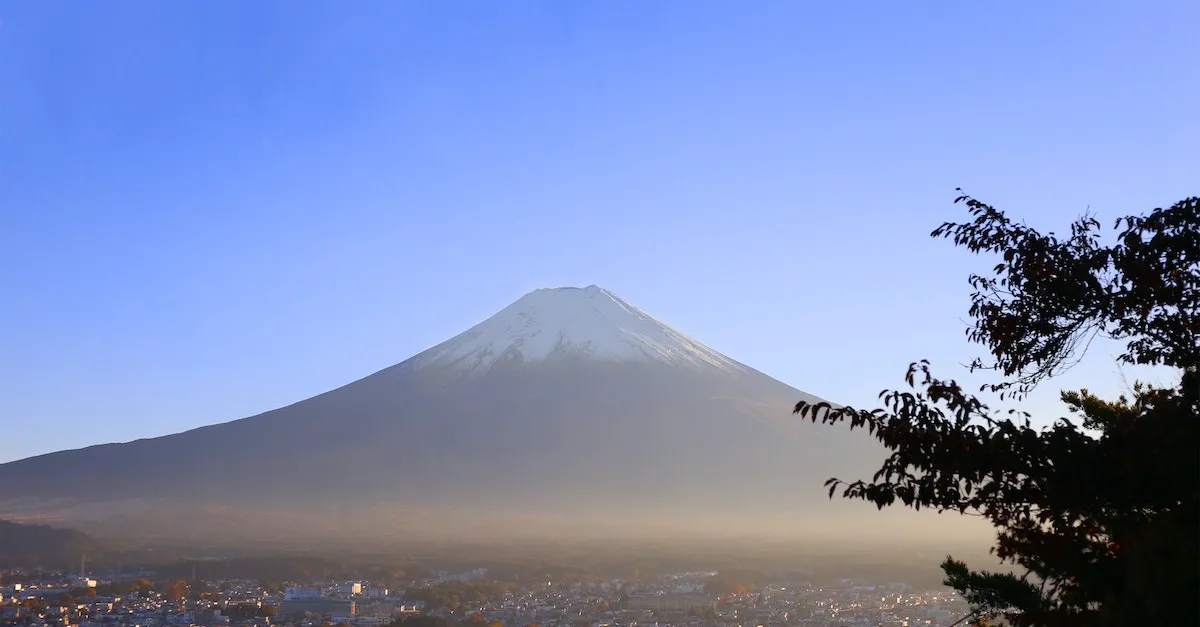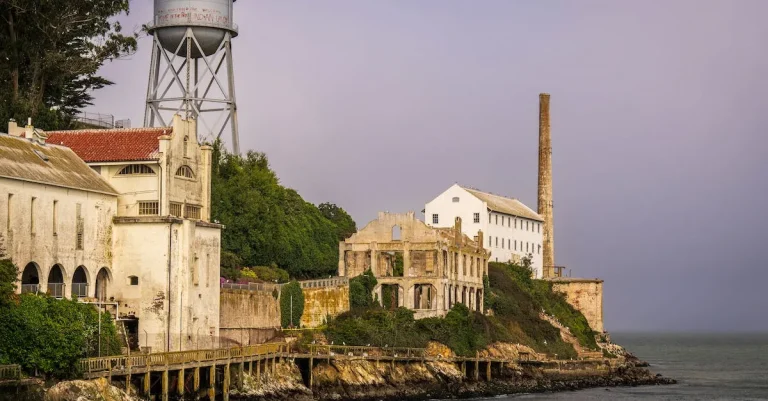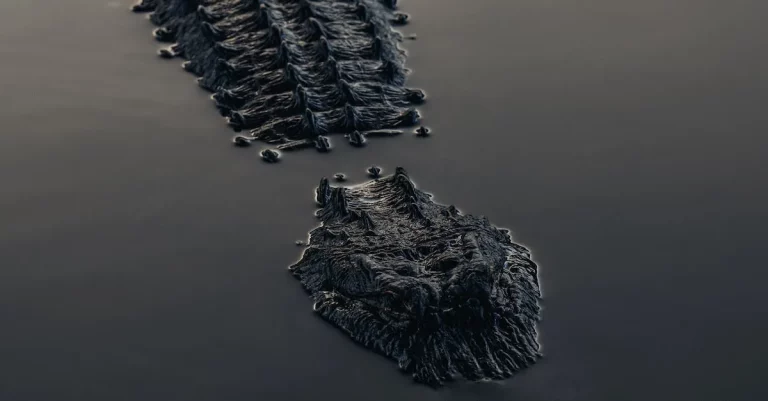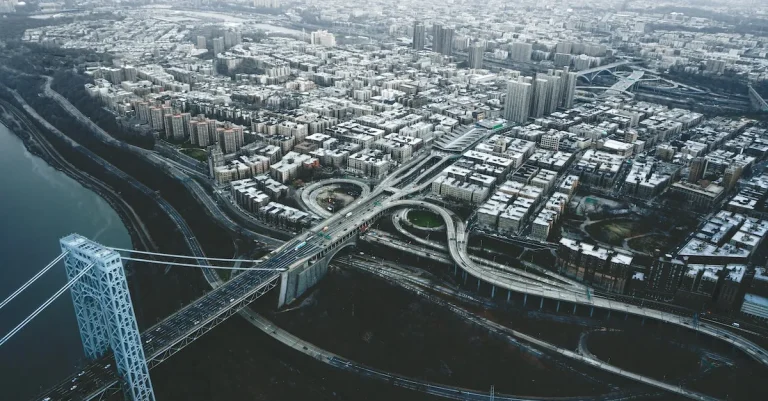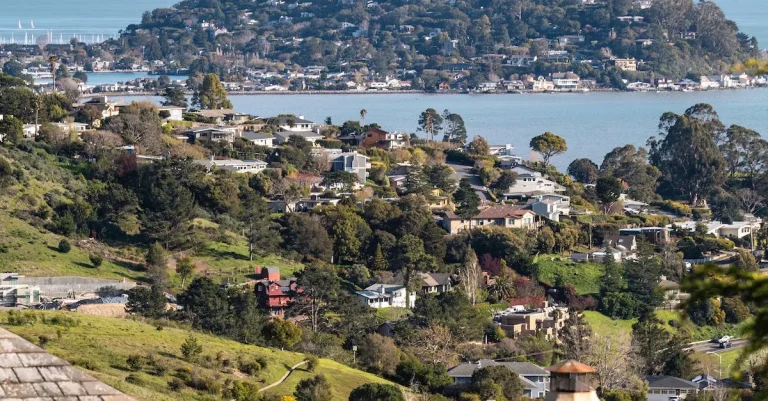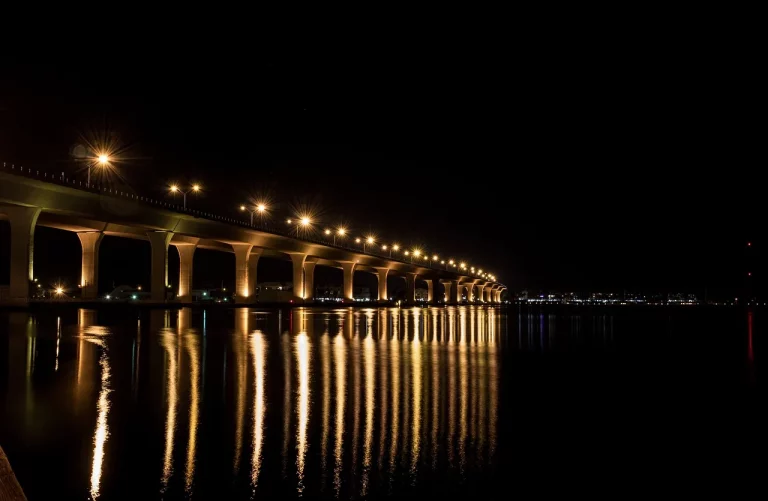Is Japan Bigger Than California? Breaking Down The Geography
At first glance, the island nation of Japan and the West Coast state of California don’t seem easily comparable given their vastly different histories and cultures. But looking just at their relative size and geography raises an interesting question – is the Asian archipelago actually larger than the Golden State? By analyzing total area, land mass, population distribution, arable land, and other metrics, we can get a clear picture of how these two distinct places stack up in terms of sheer physical size.
Total Area Measurements
When comparing the total area of Japan and California, it is important to consider various measurements. Japan is an archipelago consisting of four main islands and numerous smaller ones, while California is a state located on the western coast of the United States.
Japan’s Land Area
Japan has a land area of approximately 377,915 square kilometers (145,914 square miles). This makes it slightly smaller than Germany and larger than Italy. The country’s terrain is diverse, ranging from mountainous regions to coastal plains, which contribute to its overall beauty and uniqueness.
California’s Land Area
On the other hand, California covers an area of about 423,970 square kilometers (163,696 square miles). This makes it larger than Japan in terms of land area. California is known for its stunning landscapes, including the iconic coastline, majestic mountains like the Sierra Nevada, and the vast desert regions.
Total Area Comparison
When considering the total area, it’s essential to look beyond just the land measurements. Japan has an exclusive economic zone (EEZ) that extends up to 200 nautical miles from its coastlines, which adds significant maritime territory to its total area.
On the other hand, California does not have an EEZ since it is a state within the United States.
While Japan’s land area is smaller than California’s, its total area, including its EEZ, is greater. This demonstrates the importance of considering both land and maritime measurements when comparing the size of different regions.
For more detailed information on the total area measurements of Japan and California, you can refer to the official websites of the Japan National Tourism Organization (https://www.japan.travel/en/) and the California Department of Parks and Recreation (https://www.parks.ca.gov/).
Human Geography Comparisons
Population Density
When comparing the population density of Japan and California, it is apparent that Japan is much denser. With a population of approximately 126.5 million people, Japan is packed into a land area of around 377,972 square kilometers.
This translates to a population density of about 334 people per square kilometer. In contrast, California has a population of around 39.5 million people and spans an area of about 423,970 square kilometers, resulting in a population density of about 93 people per square kilometer.
Therefore, Japan’s population density is more than triple that of California.
Urbanization Rates
When it comes to urbanization rates, both Japan and California have experienced significant levels of urban growth. However, Japan’s urbanization rate is much higher than that of California. According to the World Bank, as of 2018, Japan’s urban population accounted for about 91% of its total population.
This means that the majority of people in Japan live in urban areas, with Tokyo being one of the most densely populated cities in the world. On the other hand, California’s urbanization rate is around 95%, indicating that an even greater percentage of its population lives in urban areas.
This is not surprising considering the state’s bustling cities like Los Angeles and San Francisco. Both Japan and California have embraced urban living, but California has a slightly higher urbanization rate than Japan.
When comparing the human geography of Japan and California, it is evident that Japan has a higher population density while both regions have high urbanization rates. These factors contribute to the unique social and cultural dynamics of each location.
It is fascinating to see how geography plays a role in shaping human settlements and interactions. To learn more about population density and urbanization rates, you can visit data.worldbank.org for detailed information.
Natural Resources
Japan and California are both known for their rich natural resources. Let’s take a closer look at the natural resources found in both regions.
Agricultural Land
California is famous for its agricultural industry, often referred to as the “breadbasket” of the United States. The state is known for its vast farmlands, producing a wide variety of crops including fruits, vegetables, nuts, and dairy products.
According to the California Department of Food and Agriculture, the state’s agricultural production in 2020 reached a total value of $50.13 billion. The fertile soil, favorable climate, and advanced irrigation systems contribute to California’s agricultural success.
On the other hand, Japan, being an island country, has limited agricultural land. However, the Japanese have managed to maximize their available land by implementing innovative techniques such as terraced farming on mountain slopes and utilizing advanced technology in greenhouse cultivation.
Agriculture in Japan is focused on the cultivation of rice, vegetables, and fruits. The country is also known for its high-quality seafood, thanks to its extensive coastline.
Water Resources
Water resources play a crucial role in both Japan and California. In California, the state relies heavily on the snowpack in the Sierra Nevada mountains for its water supply. The melting snow provides water for irrigation, drinking water, and hydroelectric power generation.
However, California has been facing water scarcity issues in recent years due to droughts and increasing demand.
In Japan, the country is blessed with an abundance of rainfall throughout the year. This rainfall, combined with advanced water management systems, allows Japan to have a stable water supply for various purposes.
The country also has a vast network of rivers and lakes, providing additional water resources.
Mineral Deposits
California is rich in mineral deposits, making it a significant contributor to the mining industry in the United States. The state is known for its reserves of oil, natural gas, gold, silver, and various other minerals.
The mining sector in California plays a vital role in the state’s economy, providing employment and generating revenue.
Japan, on the other hand, has limited mineral resources. The country relies heavily on imports for its mineral needs. However, Japan has focused on developing advanced technologies and efficient use of resources to overcome this limitation.
The Japanese have become leaders in recycling and developing sustainable practices to minimize their reliance on imports.
Geographic Distributions
When comparing the size of Japan and California, it is important to consider their geographic distributions. Both regions have unique characteristics that contribute to their overall size and shape.
Coastlines
One of the key differences between Japan and California is their coastlines. Japan is an island nation located in the Pacific Ocean, while California is a state on the western coast of the United States. Japan has a significantly longer coastline compared to California due to its island geography.
The coastline of Japan stretches over 29,000 kilometers, making it the sixth longest coastline in the world. On the other hand, California has a coastline of approximately 1,350 kilometers, which is considerably shorter in comparison.
Mountain Ranges
Both Japan and California are known for their stunning mountain ranges. Japan is home to the Japanese Alps, a series of mountain ranges that run through the central part of the country. These mountains are known for their picturesque scenery and provide a popular destination for hikers and mountaineers.
California, on the other hand, boasts the Sierra Nevada mountain range, which includes iconic peaks such as Mount Whitney. This range is not only a popular tourist attraction but also an important source of water for the state.
Climate Zones
Another factor to consider when comparing the size of Japan and California is their climate zones. Japan experiences a diverse range of climates due to its elongated shape and location. The northern regions of Japan have a subarctic climate, while the southern regions have a humid subtropical climate.
California, on the other hand, has a Mediterranean climate along its coastal areas, characterized by mild, wet winters and warm, dry summers. Inland areas of California experience a more arid climate, with hot summers and cooler winters.
Political Boundaries
When discussing the size of a country or state, it is important to consider its political boundaries. Japan is a sovereign island nation located in East Asia, consisting of four main islands and many smaller ones. It is bordered by the Pacific Ocean on the east, and by the Sea of Japan on the west.
California, on the other hand, is a state in the western United States, located on the west coast of the North American continent. It shares its borders with Oregon to the north, Nevada to the east, and the Mexican state of Baja California to the south.
Japan’s Political Boundaries
Japan’s political boundaries have remained relatively stable over the years. The country is divided into 47 prefectures, which are further divided into municipalities. The capital city of Japan is Tokyo, which is located on the eastern coast of the main island of Honshu.
The political boundaries of Japan have been established through historical events and agreements, shaping the country as it is today.
California’s Political Boundaries
California is divided into 58 counties, each with its own government. The state is known for its diverse landscapes, ranging from mountains to deserts and coastlines. The political boundaries of California have evolved over time, with the state expanding its territory through various historical events, such as the Mexican-American War and the Gold Rush.
It is important to note that while Japan is a country with its own government and international recognition, California is just one of the 50 states that make up the United States of America. Each state in the US has its own political boundaries, but ultimately falls under the jurisdiction of the federal government.
For more information on Japan’s political boundaries, you can visit the official website of the Ministry of Foreign Affairs of Japan: https://www.mofa.go.jp/. Similarly, for more information on California’s political boundaries, you can visit the official website of the California Secretary of State: https://www.sos.ca.gov/.
Conclusion
While Japan and California differ greatly in history, culture, and geography, comparing their relative sizes and natural features provides helpful perspective. Whether you’re looking at population, arable land, coastlines, or jurisdictional boundaries, these two iconic places have their own extensive assets and constraints.

